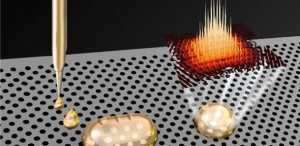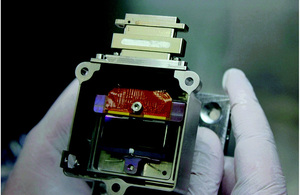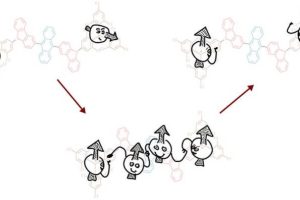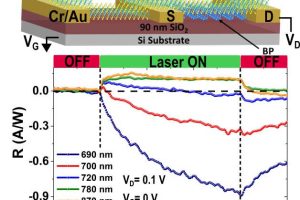
“Most inkjet printers push the ink through the nozzle by heating or applying pressure, producing ink droplets about the size of the diameter of a human hair,” said Dr Vincenzo Pecunia, now at the University’s Cavendish Laboratory.
However, printers based on electrohydrodynamic jets now exist, providing enough force to push ink though much smaller nozzles, resulting in droplets 10x to 100x smaller than the other types, said the University.
Using such a printer, Pecunia and Dr Frederic Brossard of the Hitachi Cambridge Laboratory printed photonically-active structures.
“Previous efforts to combine these two areas [printing and photonics] had bumped into the limitations of conventional inkjet printing technology, which cannot directly deposit anything small enough to be comparable to the wavelength of light,” said Pecunia.
The researchers were able to deposit ink droplets onto photonic crystals, locally changing the properties of the crystals so that light could be trapped, according to the University.
“This fabrication technique opens the door for diverse opportunities in fundamental and applied sciences,” said Brossard. “A potential direction is the creation of a high density of highly sensitive sensors to detect minute amounts of biomolecules such as viruses or cancer cells. This could also be a very useful tool to study some fundamental phenomena requiring very strong interaction between light and matter in new materials and create lasers on demand. Finally, this technology could also enable the creation of highly compact optical circuits which would guide the light and which could be modified by inkjet printing using the photonic crystal template.”
The research was part-funded the Engineering and Physical Sciences Research Council (EPSRC) and the Science and Technology Facilities Council (STFC).
It is published in Advanced Materials as ‘Inkjet printed nanocavities on a photonic crystal template.’
 Electronics Weekly Electronics Design & Components Tech News
Electronics Weekly Electronics Design & Components Tech News



